For a while now I am experimenting with modification of the light around me. I am sure you are aware of the dangers of blue light, so I will limit the theory part to a very brief remark and refer you to the relevant sources for more. Mostly I want to report on practicalities of what I’ve done and the outcomes.
Theory:
The whole underlying premises is this. Our body is regulated by the internal clock that sets the hormonal rhythm. The orchestra of cortisol, melatonin, and many others determines how we sleep, how zillion of processes in our body work and, ultimately, how healthy we are. When the conductor is drunk, orchestra is out of tune, and that’s when the problems start. Quality of our sleep suffers, metabolic processes go awry, numerous disorders ensue. That conductor is light. Morning sunrise sets the clock, and then keeps it on time by changing the brightness and spectrum, going back to darkness after the sunset. Introducing unnatural wavelengths and brightness at improper time we ruin the clock. That’s the very rough story – of course there is way more to it, and if you want to dive deeper into this stuff, see references at the end of this post.
Practical modifications:
Thus far I implemented two steps to modify my light environment.
First, make sure that the screens on all my devices do not emit pure blue light all day every day. The best option that I found for that is Iris – free software for Windows, Linux and OSX. Install it and set it to Automatic mode – it will change the screen brightness and color temperature depending on time of the day, imitating the natural light change. If you need true colors (say, for photo editing), just switch the mode to Paused, and your screen returns to its calibrated color. There is no Iris for Android so grab any of the apps filtering out blue light for your phone or a tablet. (Edit 9/23/2018 – Iris is available for Android now as well).
Second, let’s deal with light hitting our eyes. The way I did that was a well known and tried by many – blue blockers, glasses tinted so they filter out blue part of the spectrum. There are plenty of options for that. You will have opportunity to pick what suits the situations you encounter throughout the day. You need yellow, amber or orange tinted glasses, filtering out the part of the spectrum between 400 and 500 nm, but especially between 435 and 465. Test image below will help you nail that down. As you test the glasses in person, use this image on your phone screen (make sure to turn the filter off). Look at the image with and without glasses and compare how that blue part looks. The darker it is, the more blue light is being filtered out. If you want your glasses to protect your eyes but not to send you into sleep mode, look for some blue to remain. For the last hour or two before sleep, look for the glasses that make the blue look as close to black as possible.
Here is what I did so far (it’s a work in progress, and I expect changes in the future).
Reading glasses conversion is done by fitovers or clip-ons. I had these in my car for night driving, and they work perfectly as fitovers for reading glasses:
Another solution is clip-ons – yellow-tinted attachments to your existing glasses. I have two. This is a tad darker one which works fine for a screen without filtering software or for reading under very bright artificial light:
Here is a top view so you can see better how they fit:
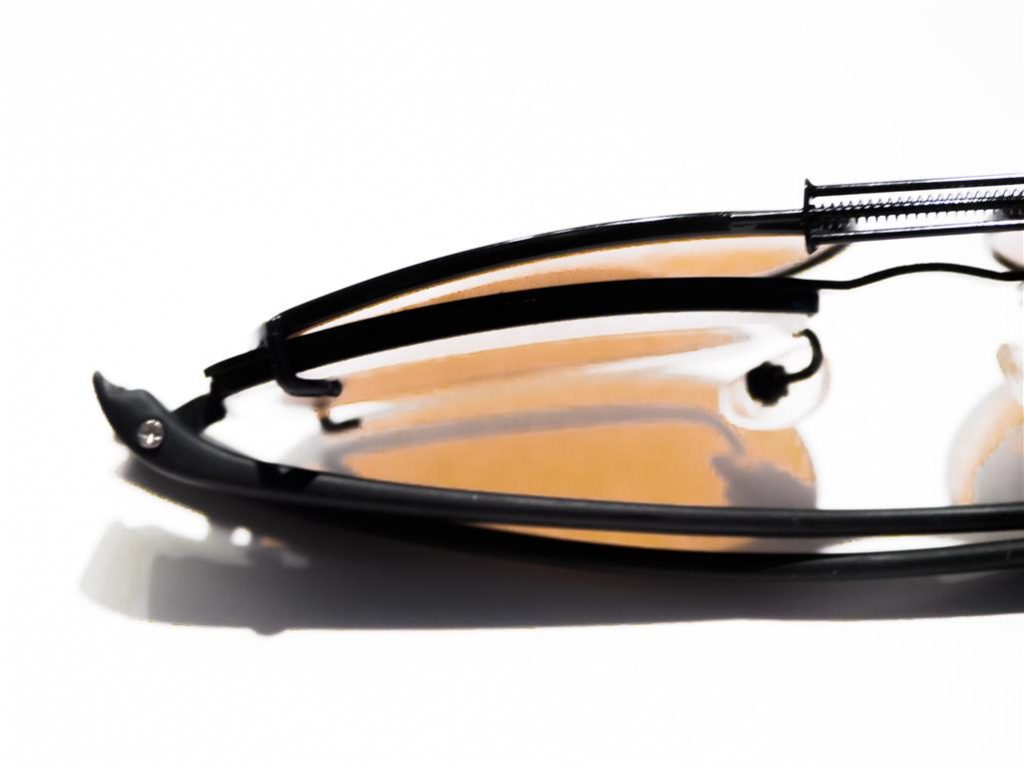 Then there is flip-up version, lighter in color and brightness. I use it for blue-light filtered screens and for reading under normal brightness artificial light. Available at Ebay for a cool price of CAD $2.06, it was a no-brainer:
Then there is flip-up version, lighter in color and brightness. I use it for blue-light filtered screens and for reading under normal brightness artificial light. Available at Ebay for a cool price of CAD $2.06, it was a no-brainer:
Finally, after 6-7 pm I wear these:
You can see they are a tad more on the amber-orange side, and a bit darker. That starts setting a stage for a sleep.
Results.
Now, this is something I still can hardly believe. There were three outcomes to these modifications, each is golden in its own right.
First, sleep changes. No more long tossing and turning before falling asleep – a few minutes, and I am out. No more difficulty to fall back asleep if nature called in the middle of the night – blacking out right away. No more waking up at 4-5 am, wide awake yet tired and sleepy by noon. Instead, there is a slow gradual “surfacing” closer to a planned waking time, and feeling well-rested and relaxed. 7-8 hours of sound sleep, nothing to sneeze at. My understanding is, cycles of melatonin and cortisol got normalized. This is fantastic thing in many regards, quality sleep being very important but far from single benefit.
Second, and in full accordance with theory (more of it at the end): my appetite window moved toward morning and away from evening hours. I am one of those who always had troubles controlling urge to eat during evening hours. Intermittent Fasting fixed a lot of that but not all. With these light modifications I switched to two meals a day, last falling at around 4-5 pm, sometimes even earlier. Nothing but hot drinks after that, and experiencing zero hunger.
Third, unexpected for me but (as I found out later) predicted by theory: I feel much warmer. My body seems to radiate heat, although actual temperature is the same as always. Instead of usual 21-22 C ( 70-72F), I keep 17-18C (63-65 F) now in my house. Thyroid function improved?
Two more comments before I wrap this up. One: everything I described happened for my wife as well, as she joined me in this modification. Everything I described above, word for word. So, this is N=2. Second and probably the most astonishing: all this happened within days. We usually expect changes of such magnitude to take much longer. Not with these tricks and their results; sleep improved on day one, the rest of changes within two-three days after that.
References.
OK, I promised to keep the theory on a light side but also give you a way to dig deeper if you are inclined to do so. While there are a lot of material available, I find this article explaining things very well and remaining on point:
There is, however, more to it. You see, blue light modifying our environment is just part of a much wider problem. You can start getting into the depth of it by familiarizing yourself with work of Dr. Jack Kruse. Fair warning: your head will spin. I mean, this is a neurosurgeon applying quantum physics to human biology from evolutionary point of view. I barely scratched the surface of all the material he makes available at his website. Even the topic of light modification as he discusses it is much much wider that what we spoke of above. For instance, and just to give you an idea: in order to start your circadian clock, you need to look at the rising sun in the morning. Sounds weird to you? But why, this is how our ancestors got their signal to start their day for what, two million years with change. Another tidbit: remember I said above that my feeding window shift was predicted by theory? Well, in one of the interviews, when asked about lack of appetite in the morning, Dr. Kruse said (not exact quote): “When you say you are not hungry for breakfast, I hear that you bathe in blue light whole day and your internal clock is not in sync with the sun.” Somewhere else he mentions improved thermoregulation as a sign of better functioning leptin. Now, leptin a major regulator of energy in our body, and its malfunctioning is at the root of a number of metabolic diseases. Remember, at the beginning we said that circadian clock set by the sunlight controls our hormonal balance? Certainly such major hormone as leptin will be profoundly influenced by that clock. Catching such bits and connecting the dots, you start getting bigger picture. Merely acts of taking off your sunglasses when outside (with possible exception of an hour or two around sun being at the highest point) and wearing blue blockers inside to mitigate the effect of artificial light correct some of the misalignment in our internal clock. Mismatch between our current environment and one we are designed for is a big theme of Dr. Kruse work. Information he puts out is massive, far from trivial, and sometimes difficult to wrap your mind around. But hey, big changes result from big work. As far as I am concerned, this is well worth the effort.
To conclude, I believe my tweaks to this are still in progress. I will make additions to this post if and when I test some changes and find them worth implementing. Happy blue blocking!
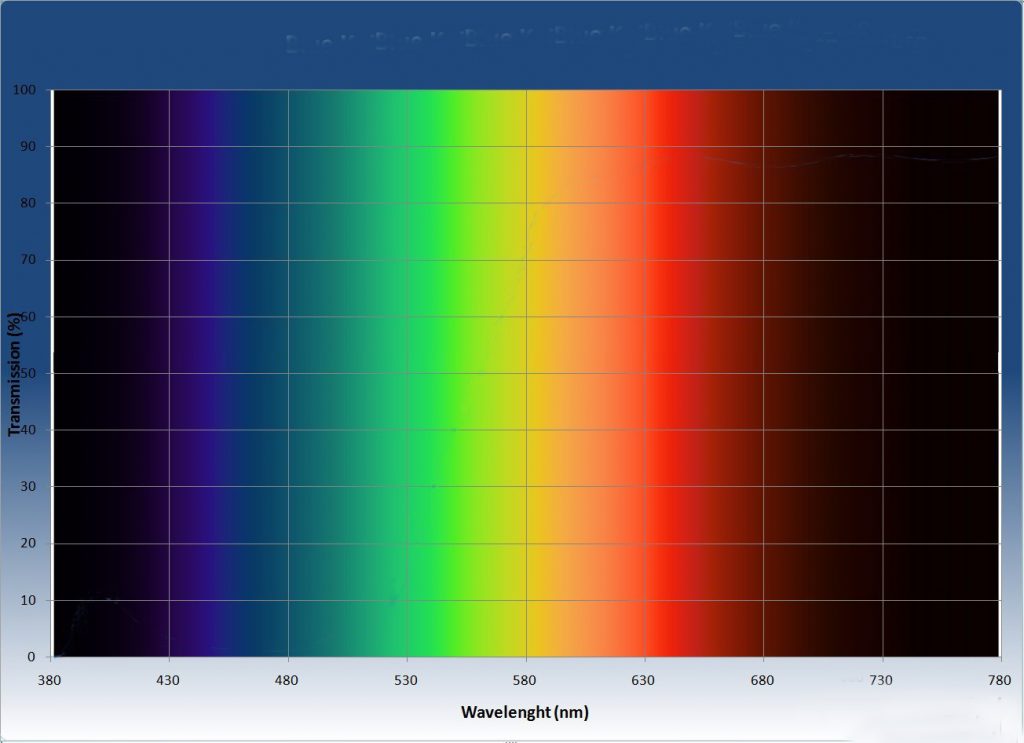
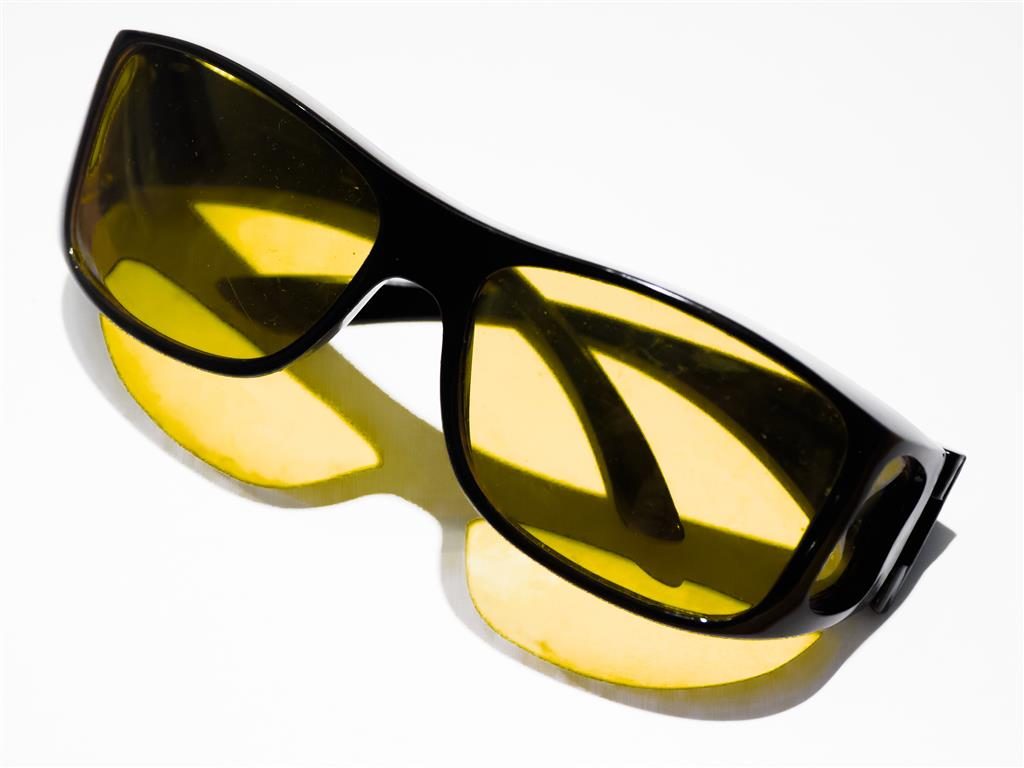
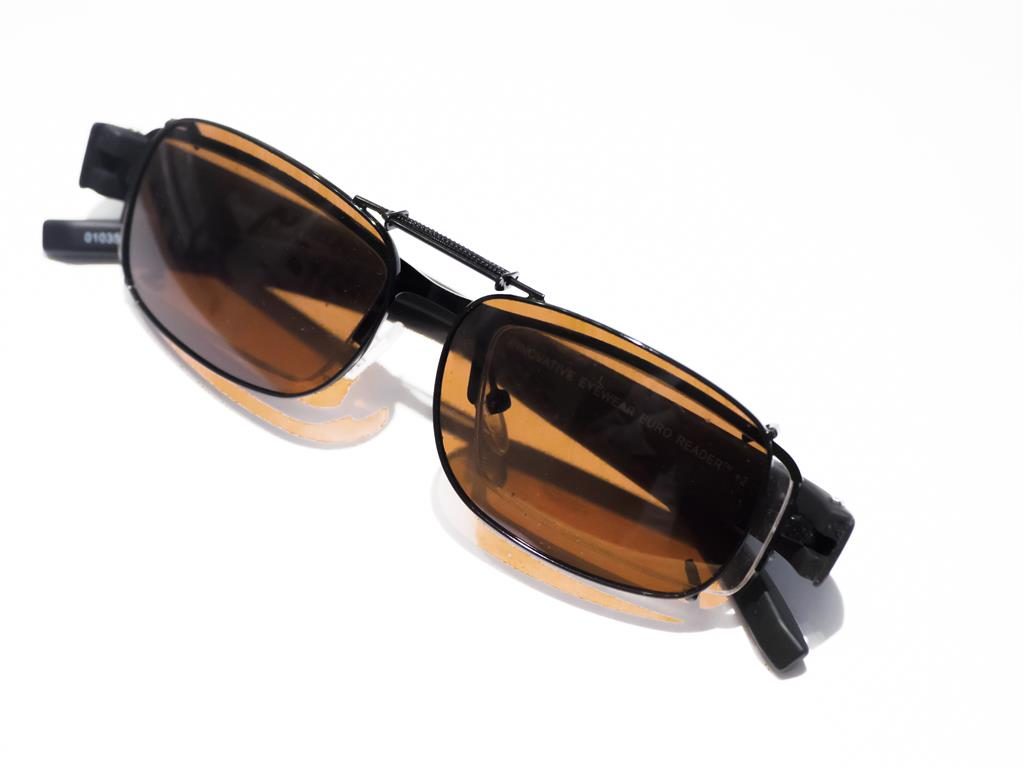

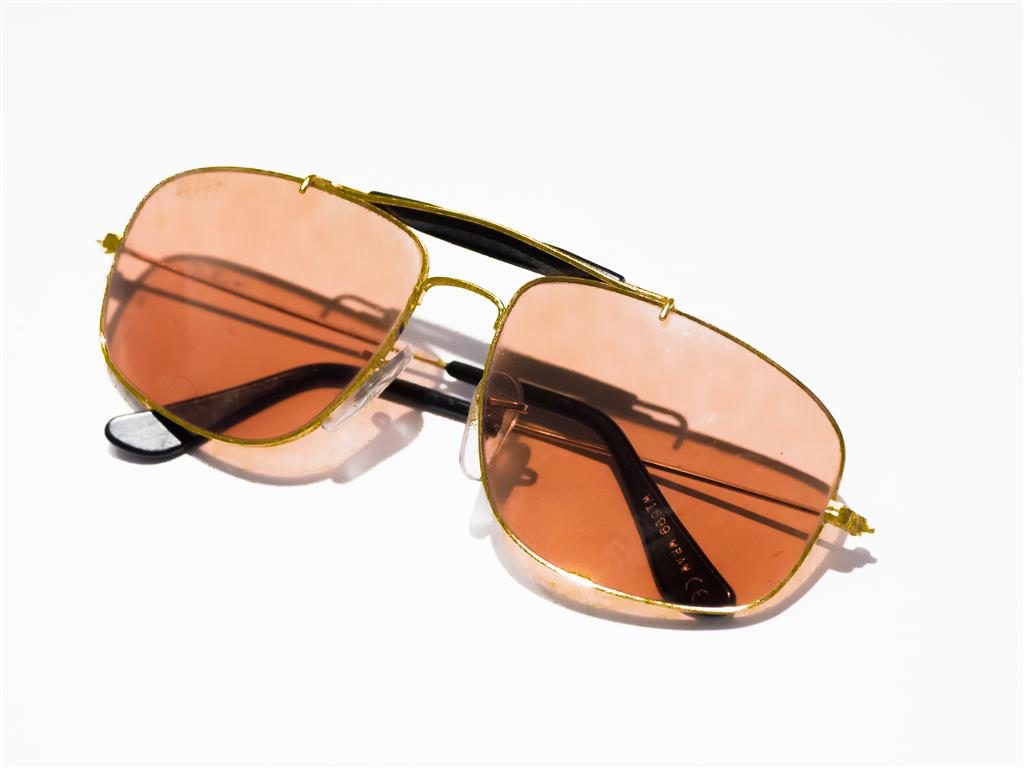

Another good article, to hammer the message home:
https://www.nature.com/articles/d41586-018-00568-7
Now, if you think melatonin is just for a good night sleep, think again. Blue light depleting melatonin ruins much more than your sleep:
https://www.frontiersin.org/articles/10.3389/fendo.2018.00122/full
With regards to counting calories and getting fit, a great many people are searching for prompt outcomes while wandering into a losing weight and get-fit program. Following quite a while of devotion to weight reduction and wellness, I know methods for kicking off your digestion so you can get in shape speedier. In any case, it’s not quick and it requires some commitment and diligent work for your benefit.